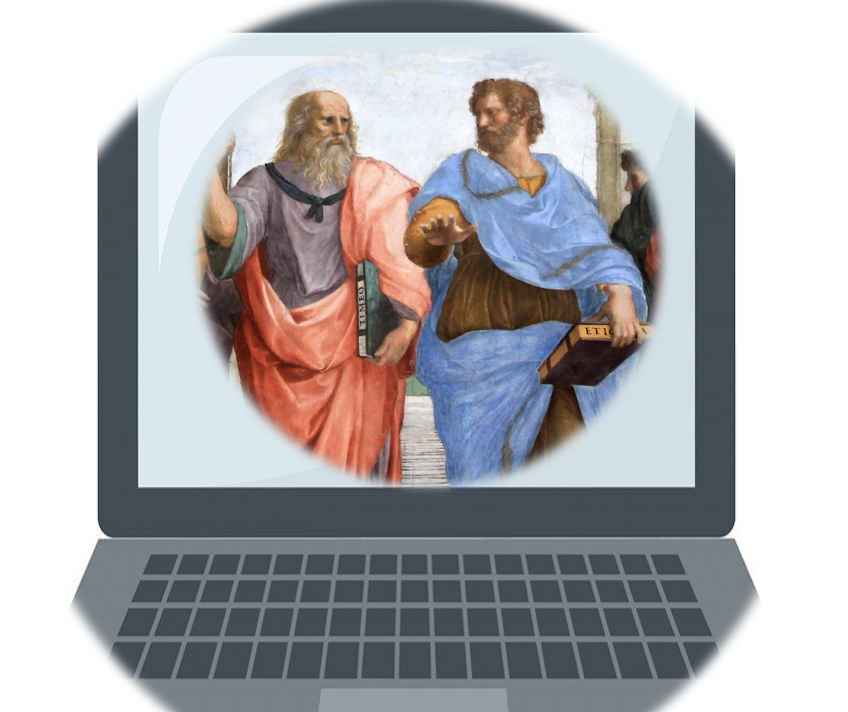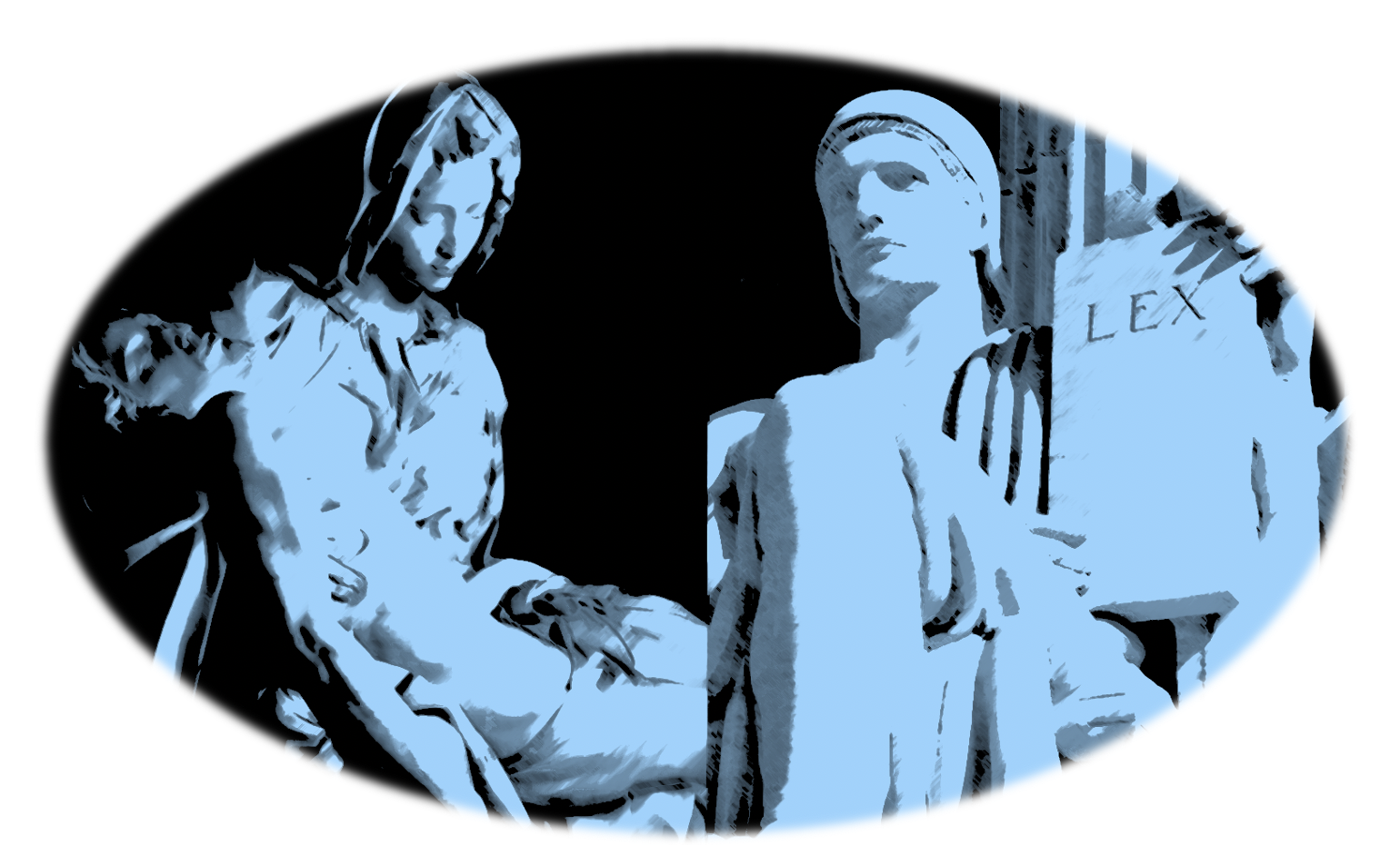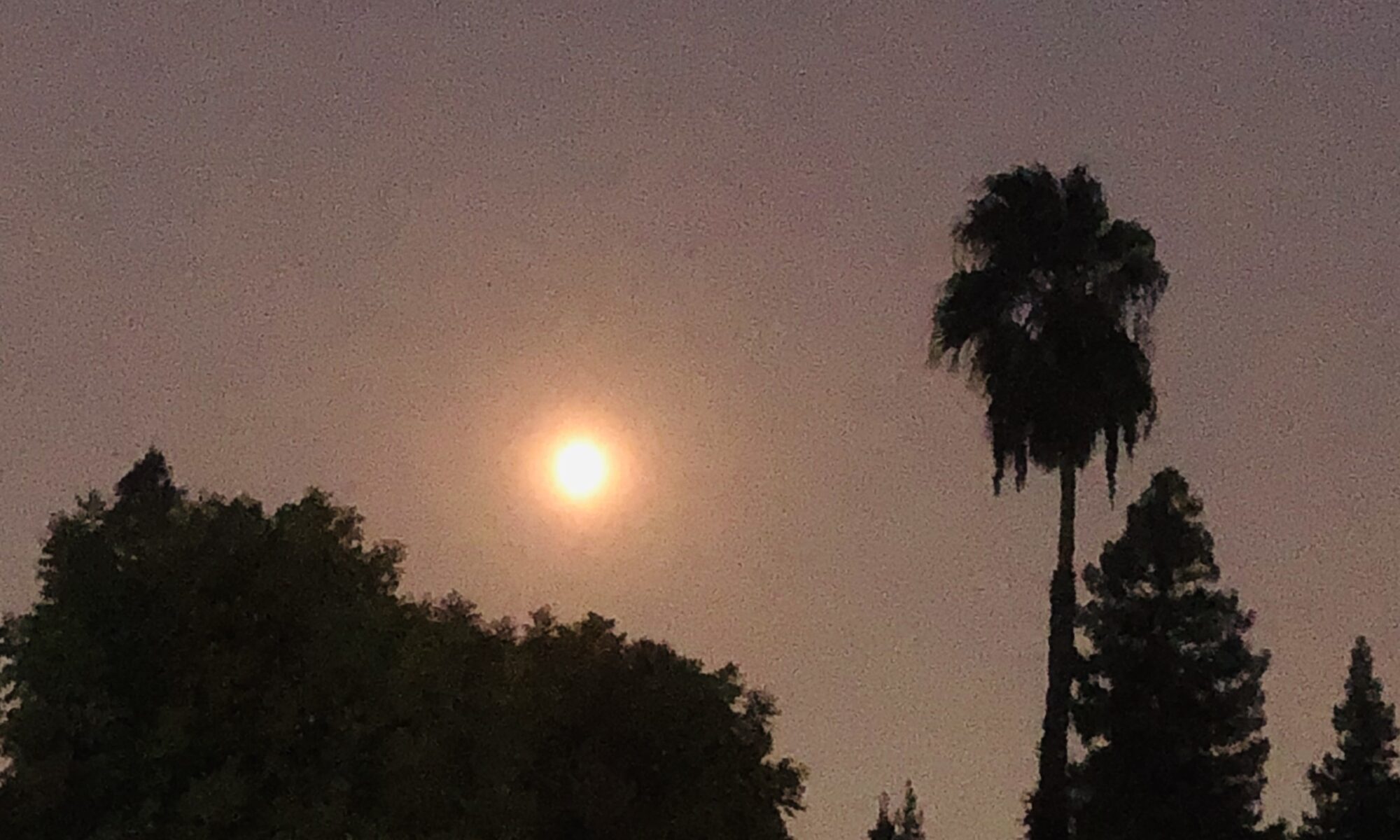The idea of “reopening schools” is hopelessly politicized. School are “open,” even though teaching and learning have moved online. Unfortunately, school “reopening” is a political football. There is a legitimate debate about school safety and the well-being of children, staff, and teachers. But the political environment does not foster careful thinking about teaching and learning.
It is obvious that learning can happen online. Americans learn online every day. Youtube videos teach us how to do home improvements or how to play guitar. Useful apps teach foreign languages. Business training involves videos and interactive websites.
Some people don’t like this. Some are nostalgic for the routine of sitting together in classrooms, hanging out and chatting in the halls. Of course, not everyone is nostalgic for this. Face-to-face schooling also includes loneliness, bullying, and stress.
Schools are not simply places for learning. Public schooling is an essential part of the economy and the social safety net. Schools allow parents to get to work. They provide breakfast and lunch for poor children. They are places of refuge for kids who need social and emotional support. They are also connected to the rituals and routines of American life: football games and marching bands, holiday concerts, and so on.
But the traditional classroom is not essential for learning. Learning is an individual activity which requires effort, concentration, discipline, and motivation. John Dewey explained, “learning means something which the individual does when he studies. It is an active, personally conducted affair.” Social supports help. But the learner must do the learning, alone with a book, a piece of music, or a math problem.
A recent article interviewed college students who complained about online learning. One student said she lacked motivation. Another said, “I just feel like I’m turning in work and not really learning anything.”
Those same problems occur in the face-to-face environment. Teachers have long complained about unmotivated students who go through the motions and don’t learn. The issue of motivation and engagement is not an online problem.
The bigger problem is that schooling is viewed as a necessary evil and not as something valuable in itself. Whether online or in person, if you don’t view value what you are learning, you will be unmotivated and disengaged.
Working adults encounter the same problem when completing mandatory training courses. Whether online or face-to-face, if you don’t want to be there, it is hard to learn. On the other hand, if you are curious and interested, you will learn whether online or in person.
For curious learners, online learning can be very effective. One advantage of asynchronous courses is that you can rewind or fast-forward videos according to your own needs and interests. This is much better than suffering through a boring lecture in a crowded classroom.
Or consider the difference between in-person discussions and written discussion forums. In-person discussions typically group students in a circle to encourage oral communication. Skills of speaking and listening can be developed in this environment. But often the circle is dominated by a few loud talkers, while other students sit passively.
Online forums that encourage written communication are more inclusive of the quiet and reflective student. The level of discourse in written discussion forums is typically much higher than in in-person discussion. When students write online posts, they have more time to reflect.
By now, our technologies are flexible. Oral discussion can occur online through programs like Zoom. Written communication can be practiced in the classroom. Both skills are important. Each can be learned in either environment.
At the end of the day, neither modality is inherently better or worse. It all depends on the way the teacher structures the activity and on the motivation and curiosity of the student.
Teachers and students still have a lot to learn about online education. As with most things, there are pros and cons, virtues and vices.
But online learning is not going away. And if we work at it (if we try to learn to do it better…) we will get better at it. We won’t learn to improve if we keep complaining and waxing nostalgic for the old routine. Nor does it help to let politics get in the way of thinking carefully about what it means to teach and to learn.





